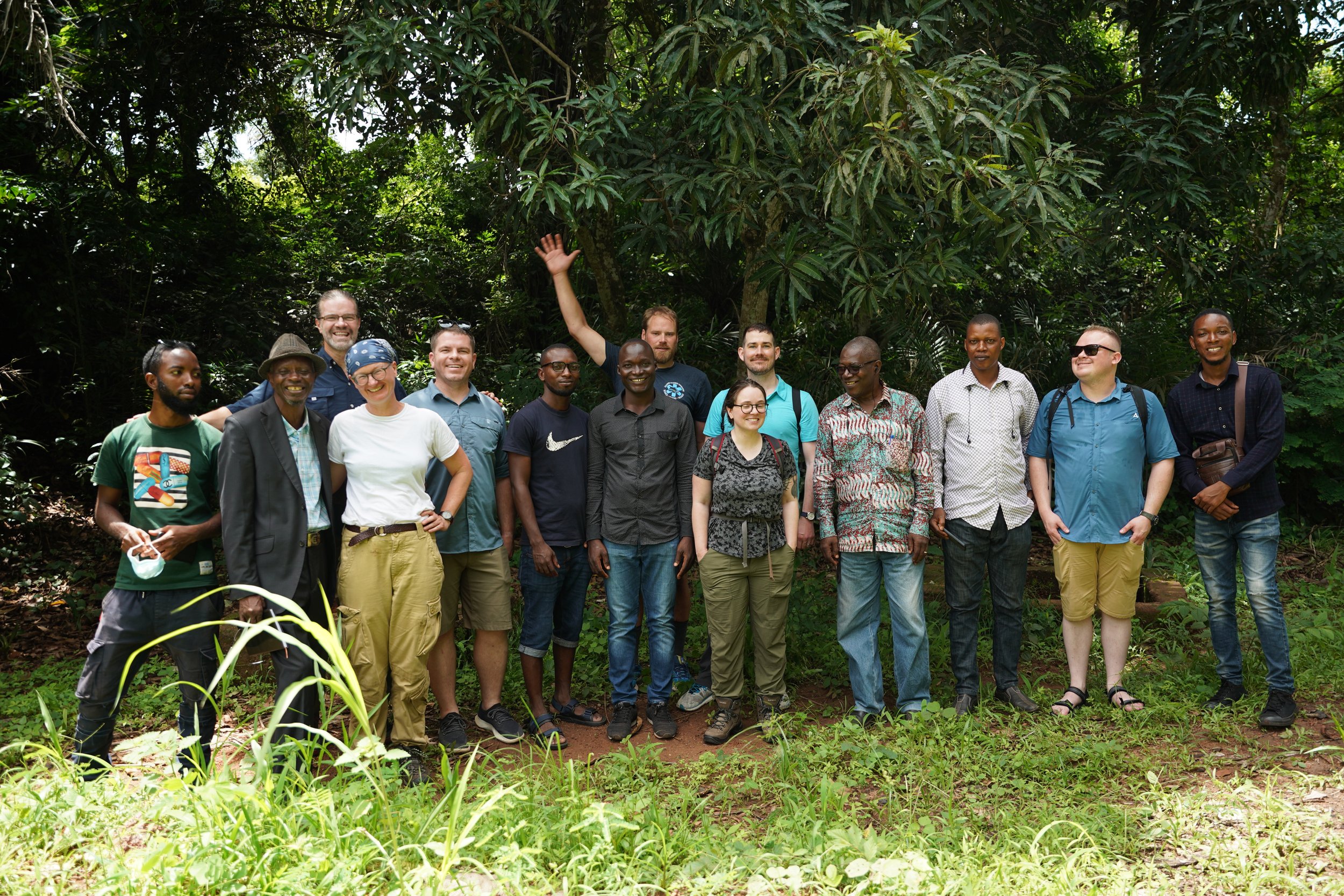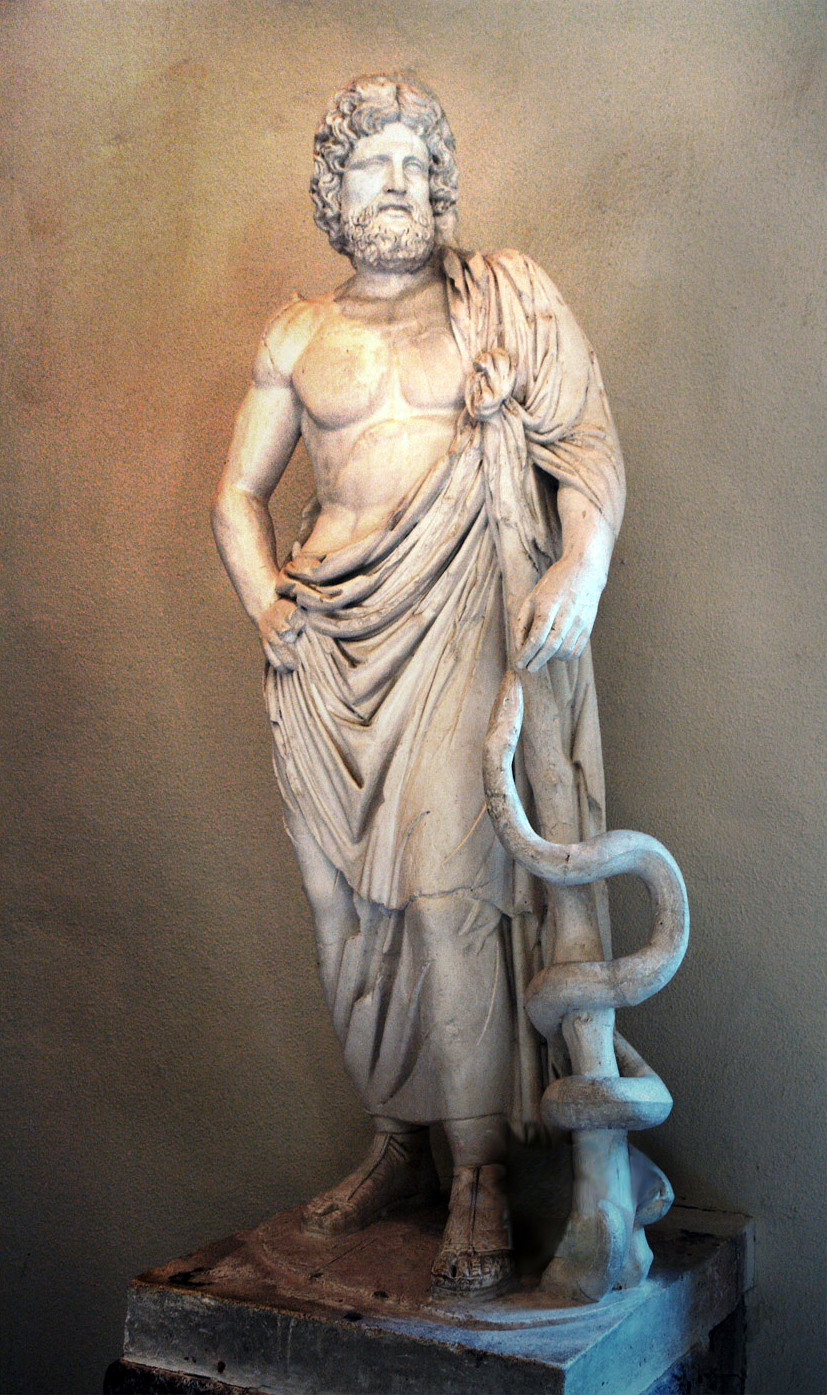We recently wrapped up our June-July 2022 trip to Kindia, Guinea and overall it was a resounding success. One of the main purposes of this trip was to bring supplies for the new snakebite clinic and to be present for the opening of the clinic that everyone has been working towards for a few years now. The clinic has been the dream of Dr. Cellou Baldé and was made possible by a very generous donation from BTG Specialty Pharmaceuticals. Unfortunately, as often happens with coordinating construction projects such as this, the clinic was not quite ready to open when we were in Guinea. Most of the construction of the main clinic building is complete, and we hope that the transition and opening will be able to occur soon once a few final logistical issues are worked out. We were able to tour the clinic and the grounds for a morning and are excited to provide an update of its progress.
The clinic building has an office, a pharmacy, a triage room, a resuscitation room and then 4 rooms with beds for patients and/or family members. Each treatment room has 5 beds. There is also a conference room for educational teaching and meetings. Finally, there is another room for a future laboratory testing area.
The pharmacy with ample of storage.
One of the triage and resuscitation rooms, which are identical.
One of the 4 rooms with treatment beds for stable patients.
The conference and education room.
There is a bathroom area for the patients and families with 4 stalls containing toilets, sinks and showers.
The clinic sits on a 2 hectare (about 5 acres) piece of property that is quite beautiful. There are future plans to grow food on site to help feed the patients and surrounding community.
The group had a great time exploring the property!
There is another building nearby that will provide lodging for the people working at the clinic. There are 4 rooms completed, each with a bathroom. Connected to this building is a space that will be a kitchen/small restaurant for the local community.
While we were exploring the grounds, the group noticed a graceful chameleon Chameleo gracilis. Kate was in her element and showed it to some of the local children of the area.
While it’s unfortunate the clinic was not ready to open when we were in Guinea, it was wonderful to tour the grounds and really see everything coming together. It should be finished soon, and it is already clear it will save lives and serve as a key community resource for Kindia and the surrounding area.























